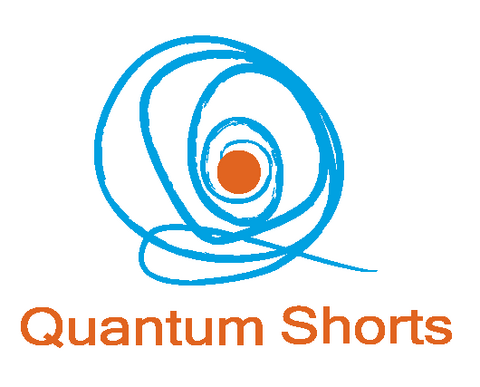RAC1 Journal Club/Seminar Series
Spontaneous Raman emission in cold atoms inside a hollow-core waveguide
Taehyun Yoon, Institute for Quantum Computing
Cold atoms confined inside hollow-core waveguides enable strong-matter interactions, thus offer a unique platform for studies of quantum and non-linear optics. We developed an experimental system that traps cesium atoms in a magneto optical trap (MOT) and loads these atoms into a hollow core photonic crystal fiber using a dipole trap at cesium magic wavelength (935 nm), which removes the AC-Stark shift of the optical transition and suppresses the inhomogeneous broadening.

 The
The